Parts of mathematics / from the static to the movement
In mathematics there are boundaries that separate their parts. Arithmetic, algebra, geometry and trigonometry are parts of mathematics, which are generally related to each other; such is the case of trigonometry that derived from geometry.
Let's talk about geometry.
It is important to remember that geometry is not unique, and that there are many of them. That will depend on the spaces in which you are working.
Recall between them, beautifully the fractal geometry.
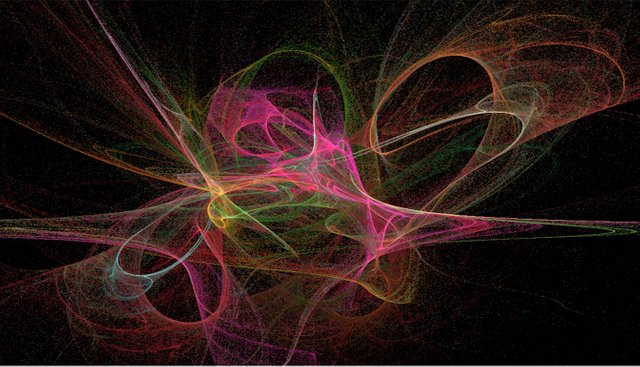
But let's take the geometry to the most elementary plane, consider the following problem:
Calculate the volume of a cylinder whose radius measures 5 cm and its height 20 cm.
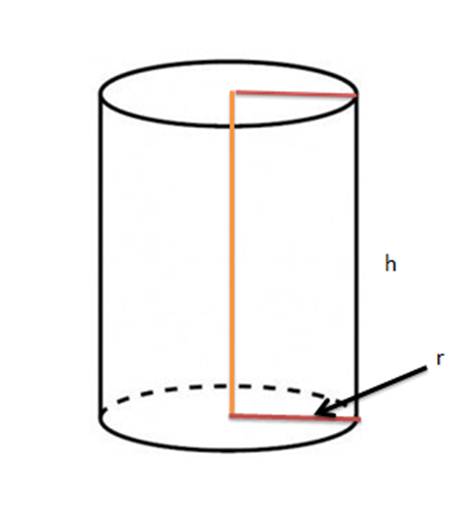
Now let's think of a rectangle of base 5cm and height 20cm, whose left side is on a "vertical axis" to a plane P
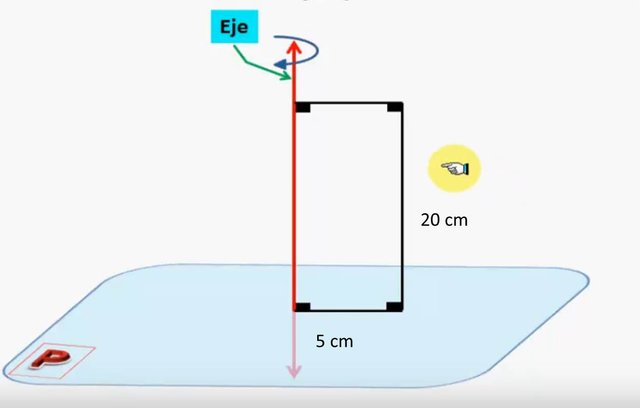
And imagine that the rectangle begins to rotate about the axis in the clockwise direction.
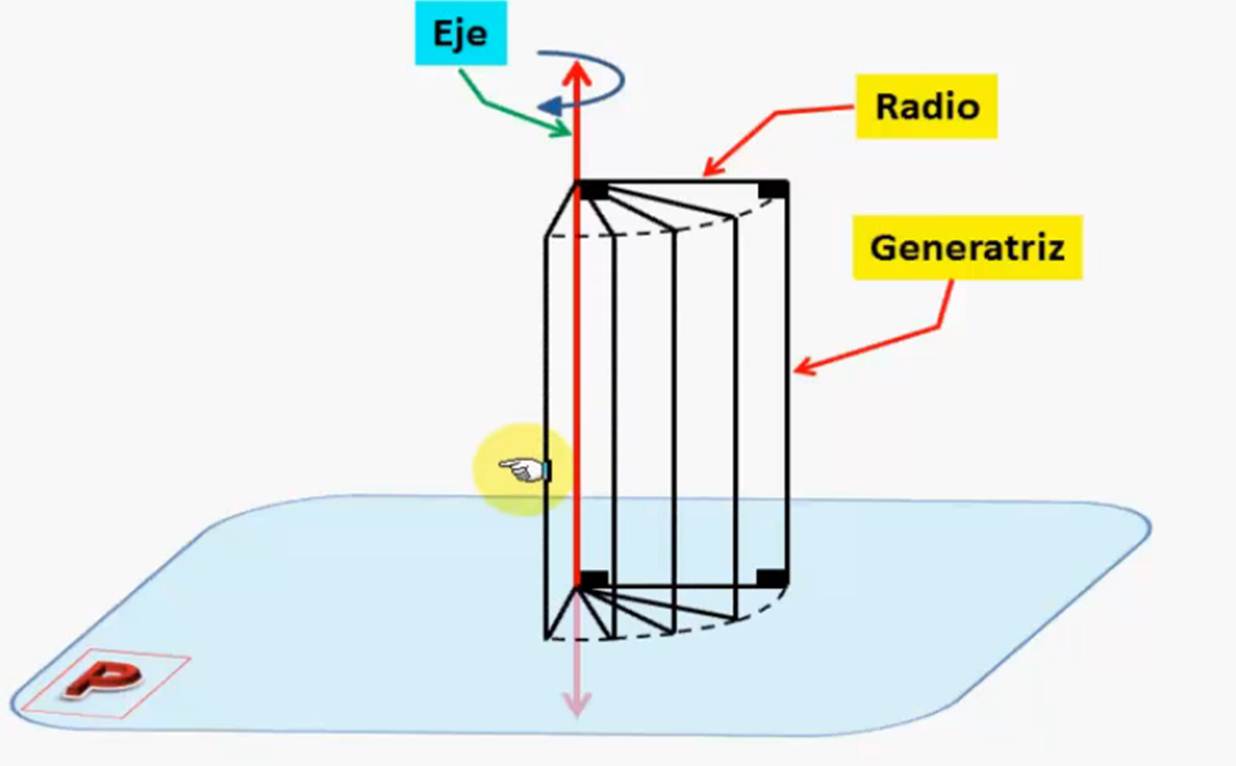
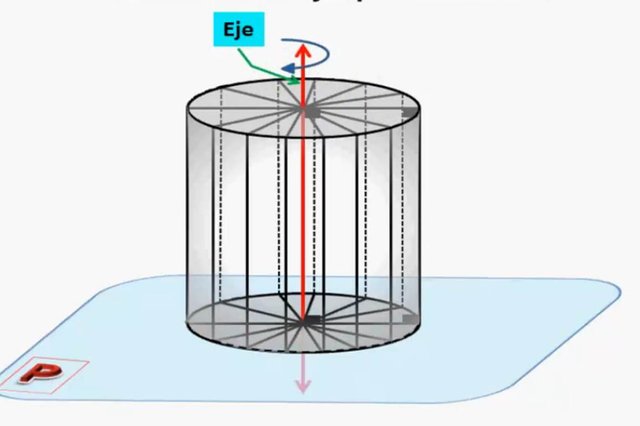
Note that from the speed of this movement a cylinder of radius 5 is formed, which corresponds to the base of the rectangle; and of height 20 cm, which corresponds to the height of the rectangle.
This cylinder is a cylinder of revolution. It is a cylinder that matches the measurements given in the previous example, but with the difference that it was obtained from the movement and the previous one was static. So here we are including movement in mathematics. We move from the static to the movement, and in this way we move to the field of infinitesimal calculus in the field of mathematics.
A few months ago I wrote a post entitled "Mathematics in movement / birth of the infinitesimal calculus"
[1]
Where it is explained
... that the mathematics before Galileo were totally static, and that Galileo in his Discourse on New Science (1638) introduced the law of uniformly accelerated motion and showed that projectiles travel the parabolic path; In this way, Galileo demonstrated in the context of the seventeenth century that there is a mathematical description of movement in a mathematical concept created in antiquity by the Greeks of the fourth century BC, such a concept is that of the parable.
In this way Galileo introduces the concept of movement in mathematics and the infinitesimal calculus arises.
The infinitesimal calculus is the part of mathematics that is responsible for the study of mathematical objects in motion.
Here we can get the concept of:
Limit totally bound with determined values at a certain time. For example, the speed with which a car hits a wall at a given moment.
Derivative linked to the rate of change or average change. For example, how the demand model of an "A" product changes from a price p1 to a price p2
Integral (the opposite of the derivative) linked directly to the calculation of areas under curves.
For example
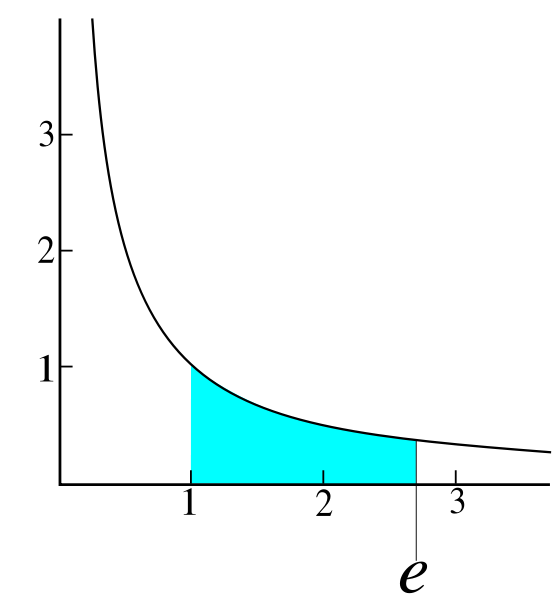
Source
Infinite series
♦♦♦♦♦♦♦♦
Fractal of my own creation

We apologize for the continued delay of our upvotes. We’re working hard to obtain more SP to keep up with all of our amazing Thunder Supporters. Thank you for your continued patience and support! You are the lightning to our THUNDER!
As a friendly reminder, the upvote fee is $0.08 SBD ($0.081 for incognito). Current 300%+ upvote is now $0.24+ SBD.
Join our 10 SP Challenge!!!
That being said…
Investors who delegate SP to @thundercurator are entitled to 75% of @thundercurator income after curation. Get on-board early and grow with us!